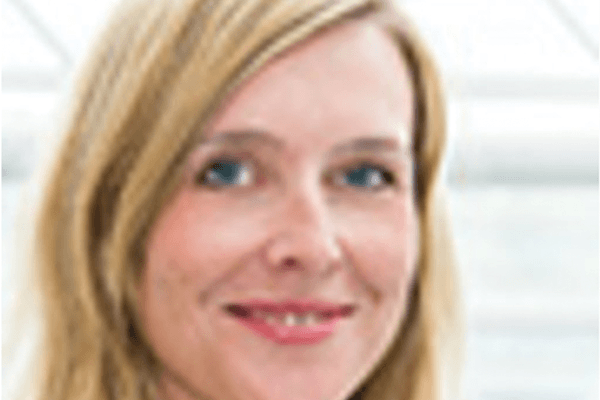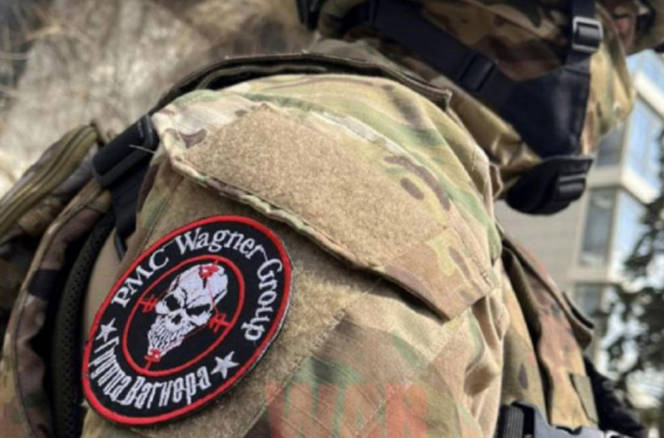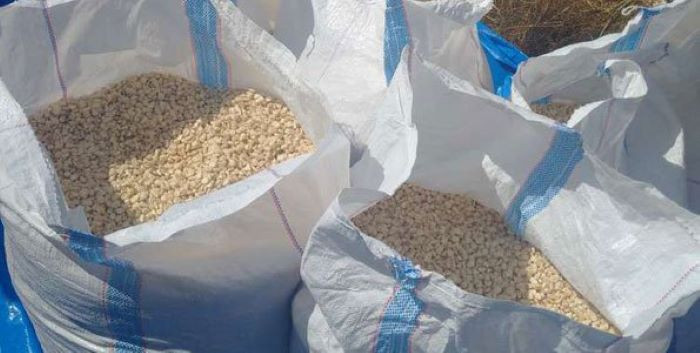
guest column Natascha Mueller-Hirth
Women are rarely represented adequately at peace negotiations yet they make up half the population of any country in conflict or at war.
This remains the case despite increasing global policy awareness on how women are affected by conflict and the importance of including them in peace and security processes.
For instance, the United Nations’ landmark framework on women, peace and security reaffirms the important role women play in conflict prevention and resolution.
Women’s contributions are also underscored in African peace instruments such as the Maputo Protocol and Kenya’s National Action Plan.
But how do women in conflict actually engage in peace-building? There is considerable academic literature on the links between gender and peace, but the lived experiences of women peace builders are not well captured.
To understand this better, I studied the peace activities of women in Kenya. I interviewed 57 women from six communities affected by violence.
They were all survivors of the violence that broke out in the country after elections in 2007.
- Chamisa under fire over US$120K donation
- Mavhunga puts DeMbare into Chibuku quarterfinals
- Pension funds bet on Cabora Bassa oilfields
- Councils defy govt fire tender directive
Keep Reading
I also convened focus groups to find out what peace activities they had organised ahead of Kenya’s 2017 poll.
The aim was to provide in-depth insights into their agency, perceptions and contributions to peace-building.
I found that women had primarily come to engage in peace-building because they had been survivors of violence in their communities.
Interviewees highlighted particular effects of conflict on women.
One said: “Women are the ones who carry the burdens of war and so they fight for peace.”
They initiated a range of effective peace-building activities — including peace dialogues which enabled them to pick up community tensions early on, mediation, and economic empowerment initiatives — which they experienced as empowering and transformative.
This study is important because we need to understand the opportunities and challenges of community peace-building from the perspective of those involved, especially in poor and marginalised environments with little or no external funding for peace-building.
Women and peace in Kenya
Kenyans have regularly experienced political violence. It is often accompanied by gross human rights violations and typically occurs around elections.
Kenya’s political violence is driven by long-standing conflicts and injustices relating to land, corruption and unequal distribution of resources.
In 2007/2008, over 1 000 people were killed, 660 000 displaced or forcibly removed and 40 000 were victims of gender-based violence.
Ten years later, the country went through a closely fought, but relatively peaceful election.
My study found that women survivors of violence were involved in a number of peace-building activities within their communities in the run up to the peaceful election. Their initiatives included:
Women organised informal initiatives to provide monitoring and early warning through peace dialogues across ethnic communities.
A mother of five who lost her husband to post-election violence, for example, brought together widows from all ethnic communities.
The aim was to pick up tensions in the community early on and promote the benefits of peace for the community.
Women in inter-ethnic marriages were able to become mediators in their husbands’ communities.
Some mediation and training activities were undertaken by community-based organisations with donor funding.
However, this kind of support was not available in all violence-affected communities.
Beyond such funded peace work, women shared their experiences of mediating in very direct and physical ways.
Said one: I talked to the men to stop fighting, to stop burning houses. After some time, I started finding myself being a peace builder and the community was listening to me.
Economic empowerment such as saving and investing money through micro-saving groups.
Such groups also served as spaces of encounter and dialogue in which peace could be discussed.
Most of their activities were unfunded, informal, and led by survivors of violence.
With little to no external funding for peace work, women used their social roles and networks to foster peace by, for example, initiating inter-ethnic dialogue in divided communities.
This kind of peace work at the communal level is sometimes seen as not properly transformative.
But my research showed that women’s diverse activities were empowering and also helped transform community dynamics for the better.
‘Gendered’ nature of conflict and peace Women who are involved in peace-building should frame their own engagement.
This was the case with the women I interviewed in Kenya. This is important because women and men, girls and boys, are affected differently by conflict.
Gender stereotypes persist when it comes to building peace: Women are often portrayed as inherently good at, or interested in, building peace because of their social roles as mothers and carers.
But my research revealed that women are able to break through these stereotypes and become effective agents in their pursuit for peace.
Despite the empowerment the women in this study said there are still many constraints to their peace-building roles.
These include poverty, the divisive nature of ethnic identity, and patriarchal cultures and values.
Nor does the focus on community level peace-building mean that the lack of participation of women at the national and international levels should be neglected.
Nonetheless, activities such as the ones discussed here are essential to peace-building in the communities where they occur.











